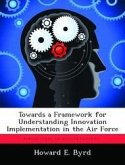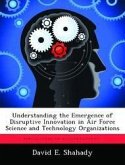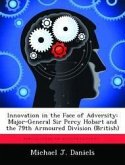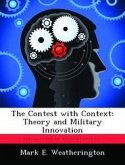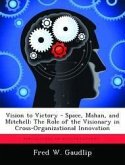Innovation adoption has become a critical issue for organizations in both the public and private sectors. The search for competitive advantage has led to the recognition that innovation is a vital ingredient for an organization's survival and profitability in this information age. The United States Air Force is seeking to adapt to this new information age by transforming its business processes in order to sustain its competitive advantage as the world's most respected air force. Adopting innovations and integrating new or improved technologies, capabilities, concepts, and processes into Air Force planning and acquisition activities, organizations, and operations are goals of Air Force Transformation. Customer Relationship Management is one such innovation that organizations are pursuing to capture competitive advantage. CRM adoption and implementation successes and failures have been well-documented; however, organizational innovation adoption studies and CRM adoption studies in the United States Air Force-within the context of Innovation Diffusion Theory-could not be found. This research attempts to bridge this gap in the literature. Three innovation characteristics from Diffusion of Innovation Theory and three organizational characteristics, which were found to be significant antecedents to innovation adoption in prior studies, were used to develop innovation adoption hypotheses. These hypotheses were then tested using correlation analysis and multiple linear regression analysis. This research seeks to aid in increasing the understanding of the influences on CRM process innovation adoption within an Air Force organization.
Hinweis: Dieser Artikel kann nur an eine deutsche Lieferadresse ausgeliefert werden.
Hinweis: Dieser Artikel kann nur an eine deutsche Lieferadresse ausgeliefert werden.


